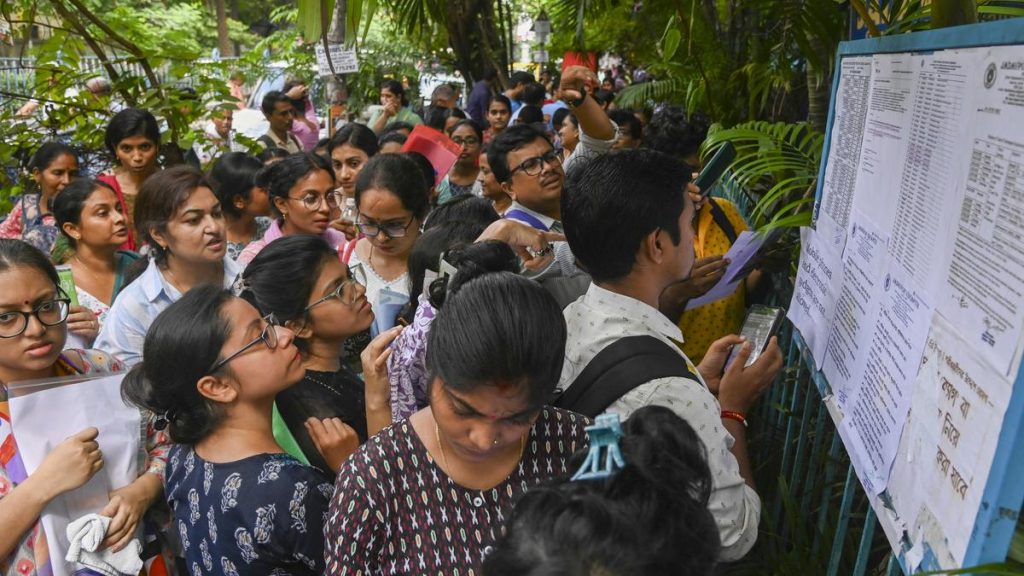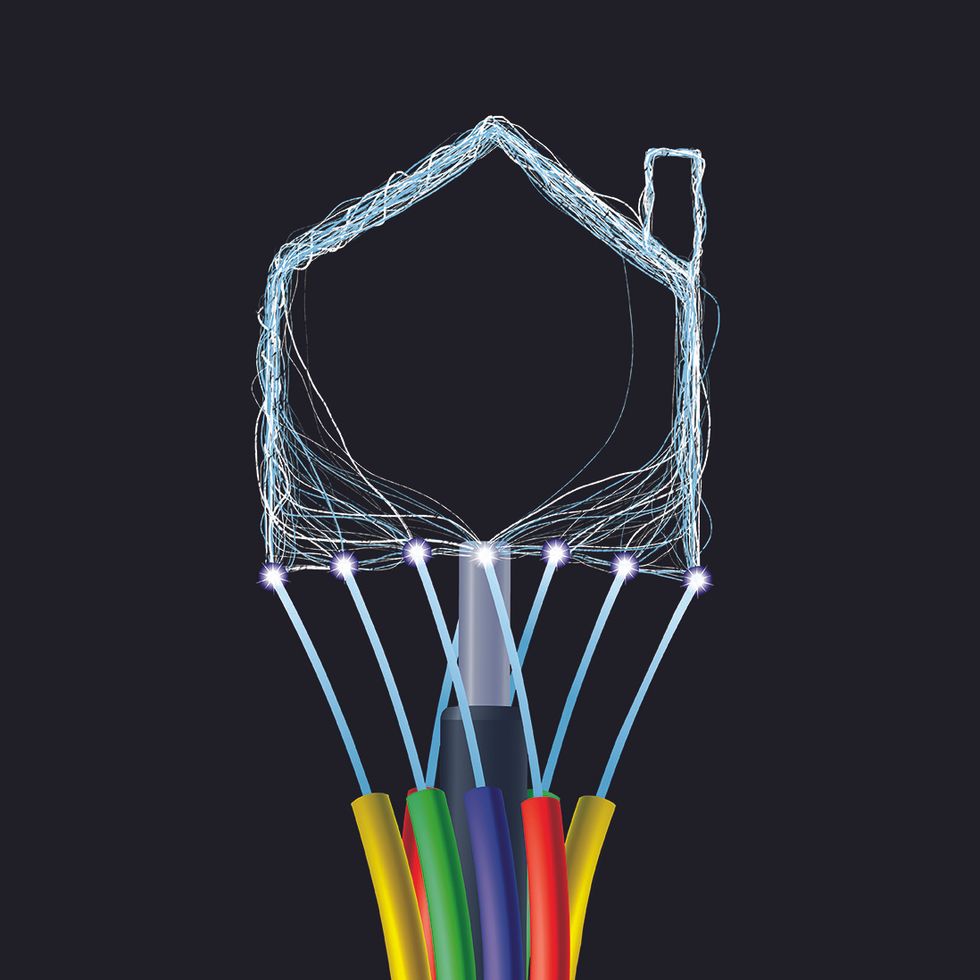Now Reading: Tech Founders Urged to Focus on Problems Before Solutions
-
01
Tech Founders Urged to Focus on Problems Before Solutions
Tech Founders Urged to Focus on Problems Before Solutions

Swift Summary
- Background: The article shares insights from a tech founder who transitioned from research at Los Alamos National Laboratory to entrepreneurship, focusing on quantum dots and nanotechnology.
- Initial Challenge: Although the technology developed was scientifically advanced-offering safety, stability, and cost-efficiency-it failed to gain market traction initially because it didn’t address pressing customer problems.
- Lessons Learned:
– Companies must prioritize addressing market problems over showcasing innovative solutions.
– Early assumptions that customers would automatically adopt novel technology proved incorrect; direct engagement with users is crucial for identifying pain points.
– Some ideas were shelved when they didn’t align with customer priorities (e.g., solar windows for greenhouses), emphasizing flexibility in application development.
- Key Advice: Founders should focus on solving meaningful market problems, engage deeply with potential customers, and adapt based on feedback. emotional attachment to specific ideas or applications can hinder alignment with market needs.
- competition & Expansion: Competition validates a problem’s importance; startups should focus first on excelling in one key area before expanding to secondary markets. Strategic growth requires timing and readiness.
Indian Opinion Analysis
The insights shared underline critical principles for advancing innovation-driven entrepreneurship in India-a rapidly growing hub for technology startups. As India continues investing heavily in science-driven industries like quantum computing,green energy applications,and nanotechnology,this approach of problem-first development offers valuable guidance.
By advocating close collaboration between innovators and end-users early in the development cycle,founders can avoid misaligned products while delivering impactful solutions. India’s agricultural sector-which shares challenges similar to those faced by greenhouse growers-may notably benefit from innovations like light-altering films if developers heed such lessons.
Moreover, this advice resonates at policy levels as governments push tech-driven self-reliance under initiatives like “Make in India.” Efforts must also integrate customer discovery strategies alongside purely technical R&D funding frameworks.
In essence: prioritizing solutions that address core national needs while remaining adaptive could help transform India’s emerging startup ecosystem into one focused not only on innovation but sustainable economic contribution as well.

























